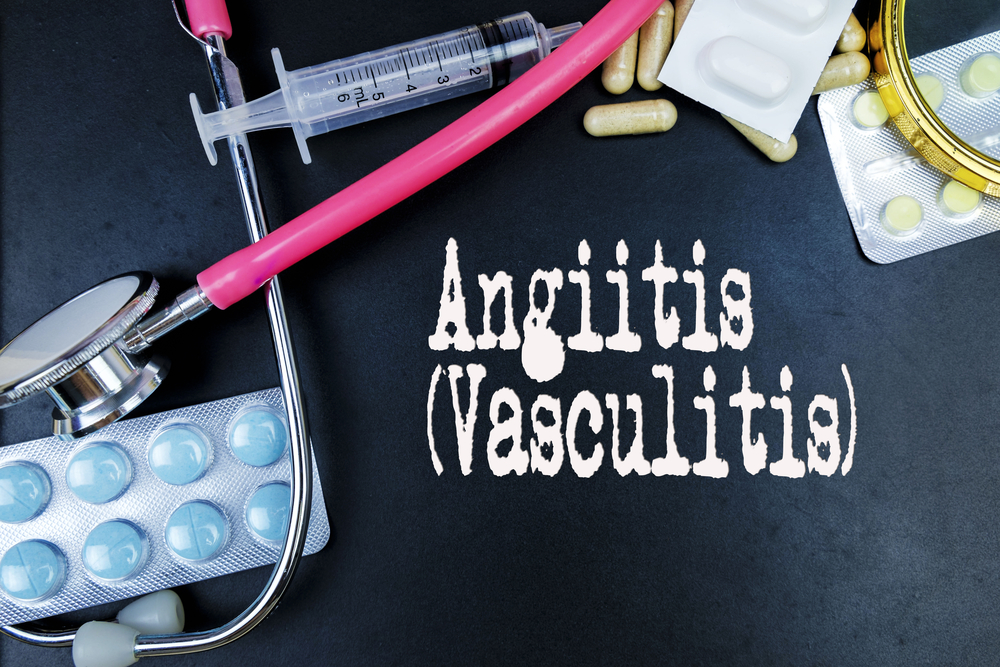DIAGNOSIS
Since there are several types of angiitis, there are several tests that may be done to diagnose the condition accurately. The doctor will take a look at the medical history and conduct a physical examination of the affected areas.
Laboratory tests such as blood tests, urine tests, and biopsy may be performed to look for signs of inflammation, condition of the red blood cells, and levels of C-reactive protein.
Imaging tests may also be conducted to determine which blood vessels and organs are affected.
TREATMENT
The treatment is focused on managing the inflammation. If the angiitis is suspected to be triggered by an underlying disease, treatment options for this disease will be discussed. Typically, medications are enough to treat angiitis in which corticosteroid drugs are prescribed to control the inflammation. Other medications may be prescribed alongside corticosteroid drugs to regulate its side effects.
If the blood vessels have bulged to the point that it forms a wall that blocks the passage of blood flow, surgery will be required.


